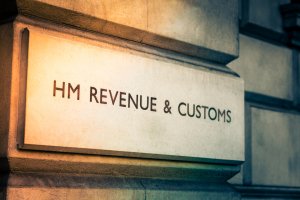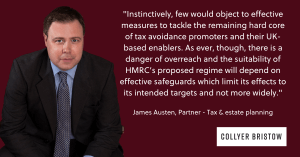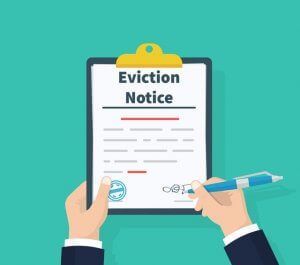The proposed changes were originally announced in the 2018 Budget and, following a consultation exercise, are now due to take effect from 6 April 2020. The main changes are:
- a reduction in the final period exemption from 18 months to nine months; and
- lettings relief to be restricted to owners who share occupation with their tenant.
Final period exemption
At present, when calculating the extent to which PPR applies to a gain on the sale of a property, provided that the property was occupied at some point as the owner’s main residence, the past 18 months prior to disposal of the property are always exempt.
This is intended to ensure that homeowners are not penalised if they are not able to immediately sell their home at the same time that they purchase another. However, it does mean that the taxpayer can effectively claim PPR on two properties for up to 18 months. Although the period has already been reduced from 36 months to 18, the government still feels this is too long and is now halving the period again to nine months. The original 36-month period will remain for those owners who are disabled or resident in a care home.
Lettings relief
Currently, if a property is let a taxpayer can claim the relief provided that the property was occupied at some point as the owner’s main residence. This relief relates to any gain in the value of the property while it is occupied by a tenant and is capped at £40,000. However, from April 2020, lettings relief will be restricted so that it will apply only where the owner is in shared occupation with the tenant (e.g. where they let a room to a lodger). Importantly, this change will affect tenancies that commenced before 6 April 2020.
The effects of the changes
PPR is a long-standing tax break for homeowners and ensures that most people do not end up paying tax on the home that they live in. When selling a home, most people will be purchasing another, often at a higher price, or they will need the sale proceeds for care fees or other living costs. Buyers’ spending power is already reduced by the need to pay stamp duty land tax (SDLT), and additional CGT charged on any gain in the value of the property could deter many people from moving.
However, there is a perception that lettings relief and the final period exemption enable people to claim PPR on two properties at the same time. This was not the intention of the PPR and the changes that the government are proposing to introduce this year seek to close this loophole and bring the relief back towards its original purpose of promoting mobility in the residential property market.
Lettings relief in its current form is also seen as a concession to individual landlords who free up their home to be occupied by another person, thus increasing supply to the lettings market. Dramatically restricting this relief may mean that certain landlords will be more cautious about opening up their homes to tenants for short periods.
Homeowners who are considering selling a home that they no longer occupy may wish to consider completing their sale prior to 6 April this year in order to benefit from the full reliefs as they are currently available, especially if they let their property, or have done in the past.
This article was first published on moneyobserver.com in February 2020.









































































